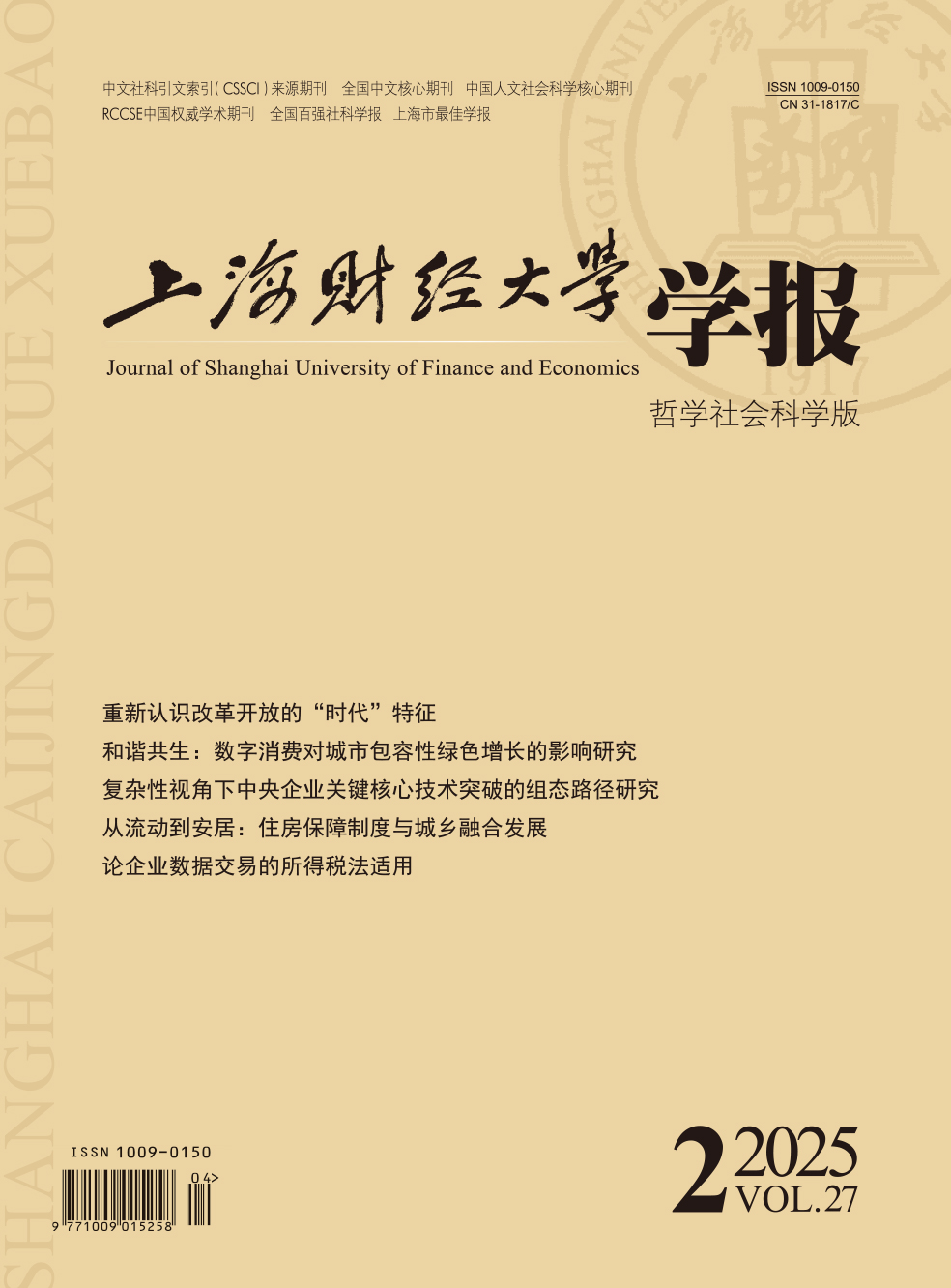In the global value chain,gains from trade actually refer to the remainder of traditional exports after deductions of intermediate inputs.By constructing international input-output model,this paper accounts the Sino-Japan bilateral trade gains from a value-added perspective.It shows that Japan is in the relatively advantageous position in the distribution of Sino-Japan bilateral trade gains,and Sino-Japan bilateral trade gains in different industries are featured by obvious heterogeneity.Through the empirical analysis of the factors affecting the Sino-Japan bilateral trade gains at the industrial level,it finds that the differences in industry technology intensity and domestic production matching rate are important factors affecting Sino-Japan bilateral trade gains;the differences in technology intensity between two countries decide its global value chain positioning and the technology gap of export products,and domestic production matching rate determines the domestic ingredients of export scale,thereby affecting bilateral trade gains;the differences in capital intensity and RCA index show weaker correlation.Therefore,it should further speed up the cultivation of advanced production factors,especially technical factors,advance endowments structure upgrading,improve domestic production matching level,and promote the extension of global value chain links in China.
 / Journals / Journal of Shanghai University of Finance and Economics
/ Journals / Journal of Shanghai University of Finance and EconomicsJournal of Shanghai University of Finance and Economics
LiuYuanchun, Editor-in-Chief
ZhengChunrong, Vice Executive Editor-in-Chief
GuoChanglin YanJinqiang WangWenbin WuWenfang, Vice Editor-in-Chief
Bilateral Trade Gains and Influencing factors in the global value chain:A Case of the Sino-Japan Trade
Journal of Shanghai University of Finance and Economics Vol. 18, Issue 01, pp. 85 - 96 (2016) DOI:10.16538/j.cnki.jsufe.2016.01.008
Abstract
References
Abstract
Cite this article
Li Feng. Bilateral Trade Gains and Influencing factors in the global value chain:A Case of the Sino-Japan Trade[J]. Journal of Shanghai University of Finance and Economics, 2016, 18(1): 85–96.
Export Citations as:
For




 6296
6296  4974
4974

